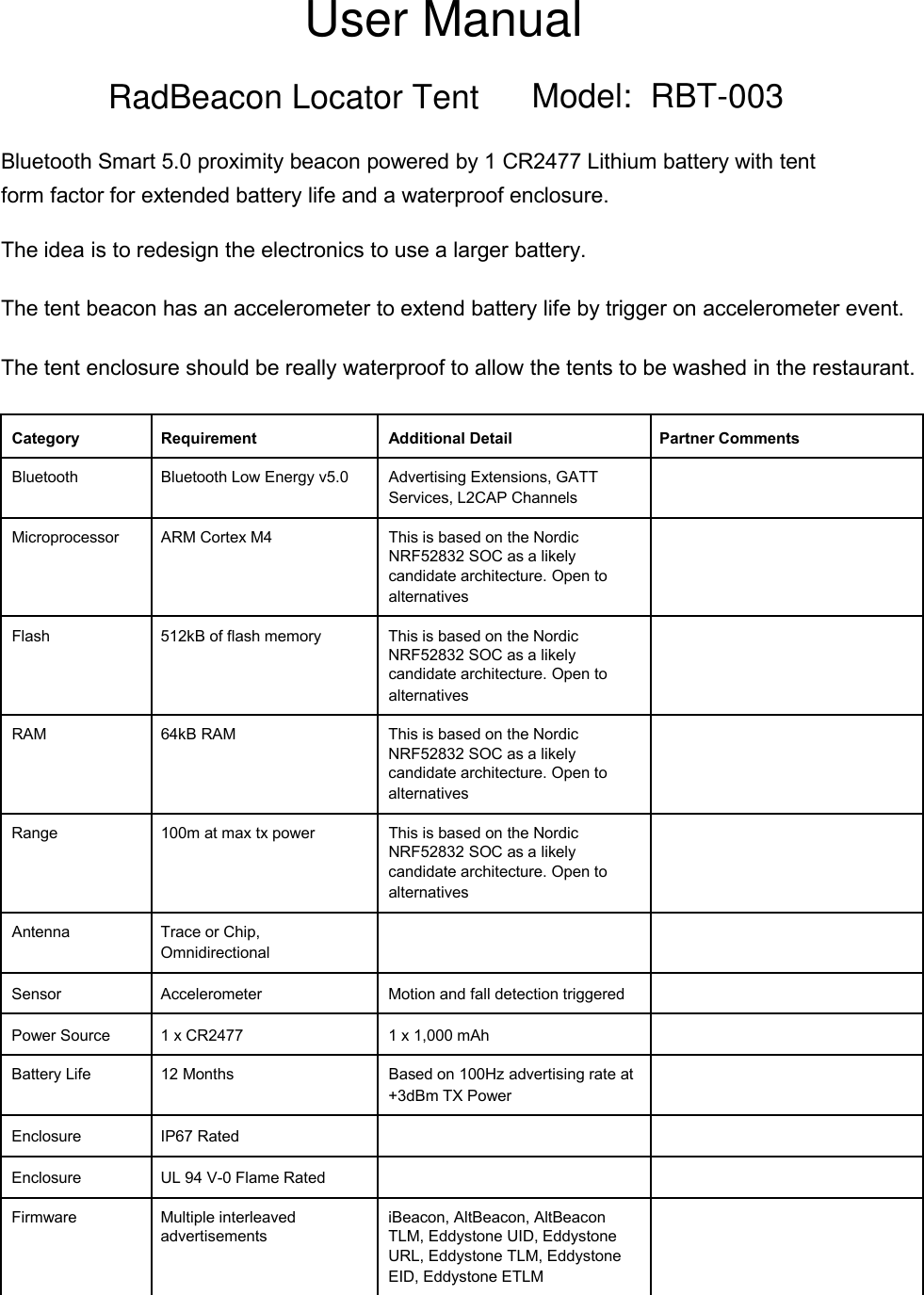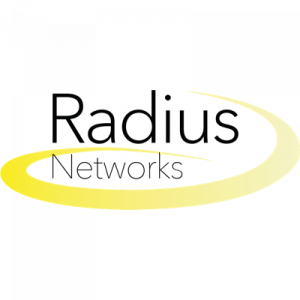
The completed pass directory can be found here. These steps are all covered in detail at the Apple Developer site. I used the Apple-provided signpass executable (see Passbook Support Materials) in conjunction with my certificate to generate the signed pass package. pkpass package which is the actual pass that needs to be distributed.

Once you‘ve assembled the contents of your pass, you need to sign the pass directory with a certificate obtained from the Apple Developer Member Center.

"relevantText" : "RadBeacon Athletic Club Front Desk" "teamIdentifier" : "your_team_identifier_here", "organizationName" : "RadBeacon Athletic Club", "description" : "RadBeacon Athletic Club Membership Card", I started with the “generic” pass sample provided by Apple and stripped it down to the bare minimum and then added the beacons entry. The beacons key is the one we’re interested in. There are a bunch of different keys available, including pass identifiers, description, styling, and “relevance” which specifies where the pass is likely to be used. It is simply a dictionary of keys and values that define the pass. The pass.json file is where the magic happens. There are additional images that may be specified for a pass, but we‘re keeping it simple.

I remember adding an Alaska Air boarding pass to Passbook several years ago (now known as “Wallet” in iOS 9) and being pleasantly surprised to see it magically available on my phone’s lock screen when I was at the airport. PassKit was introduced in iOS 6 and brought us coupons, boarding passes, store cards, and event tickets directly on our iPhones. Using iBeacon Technology to Display a Pass in iOS


 0 kommentar(er)
0 kommentar(er)
